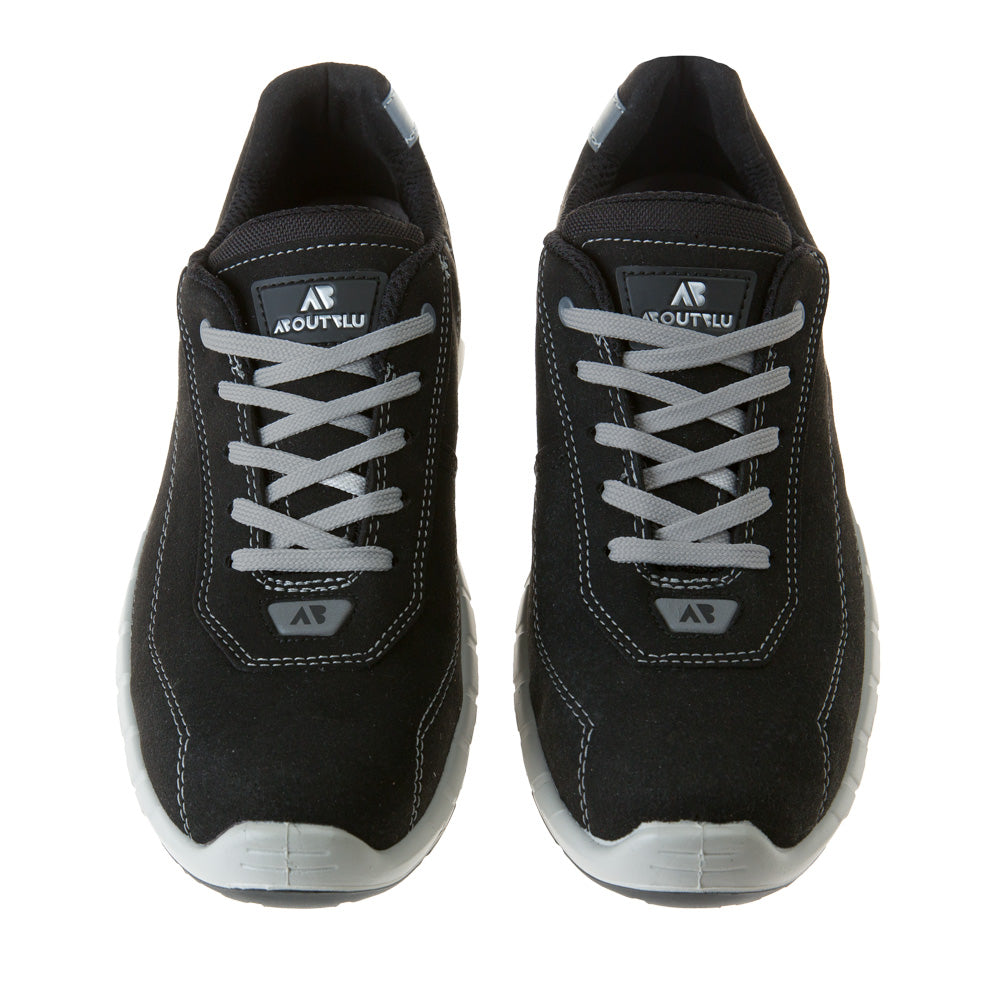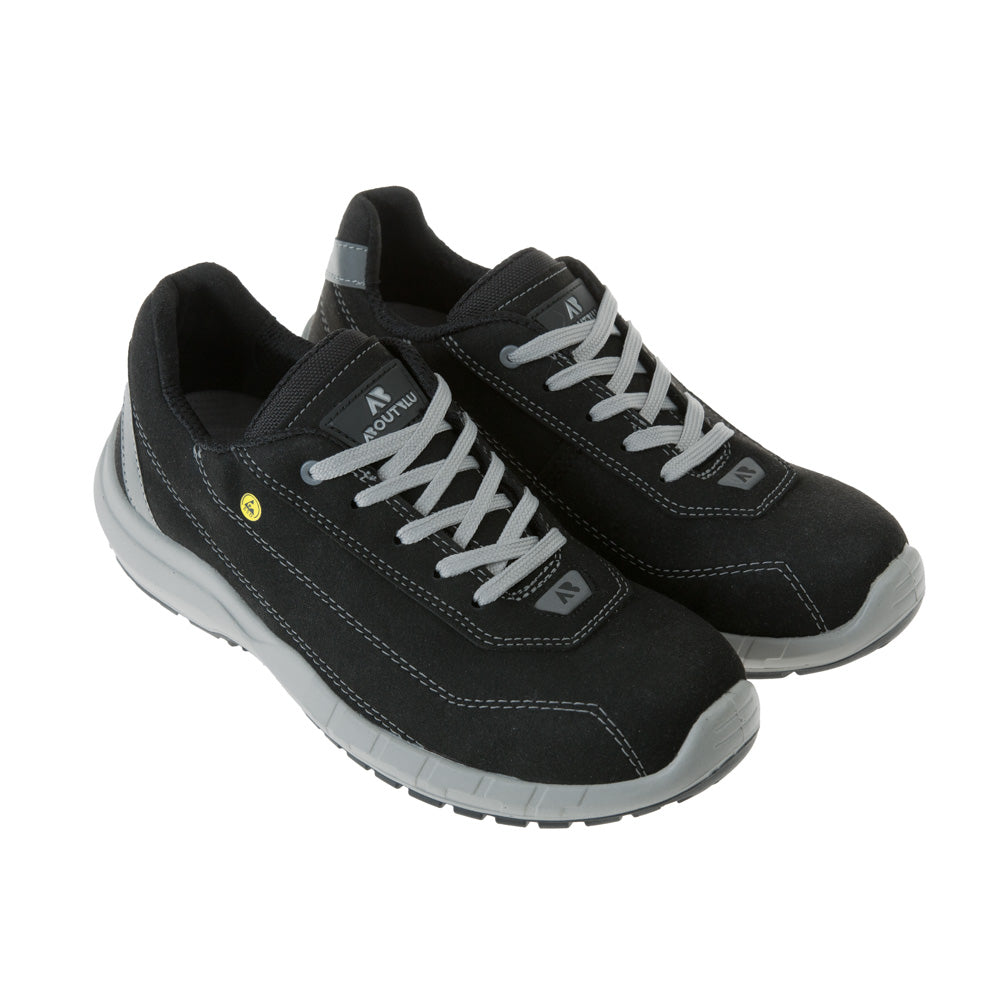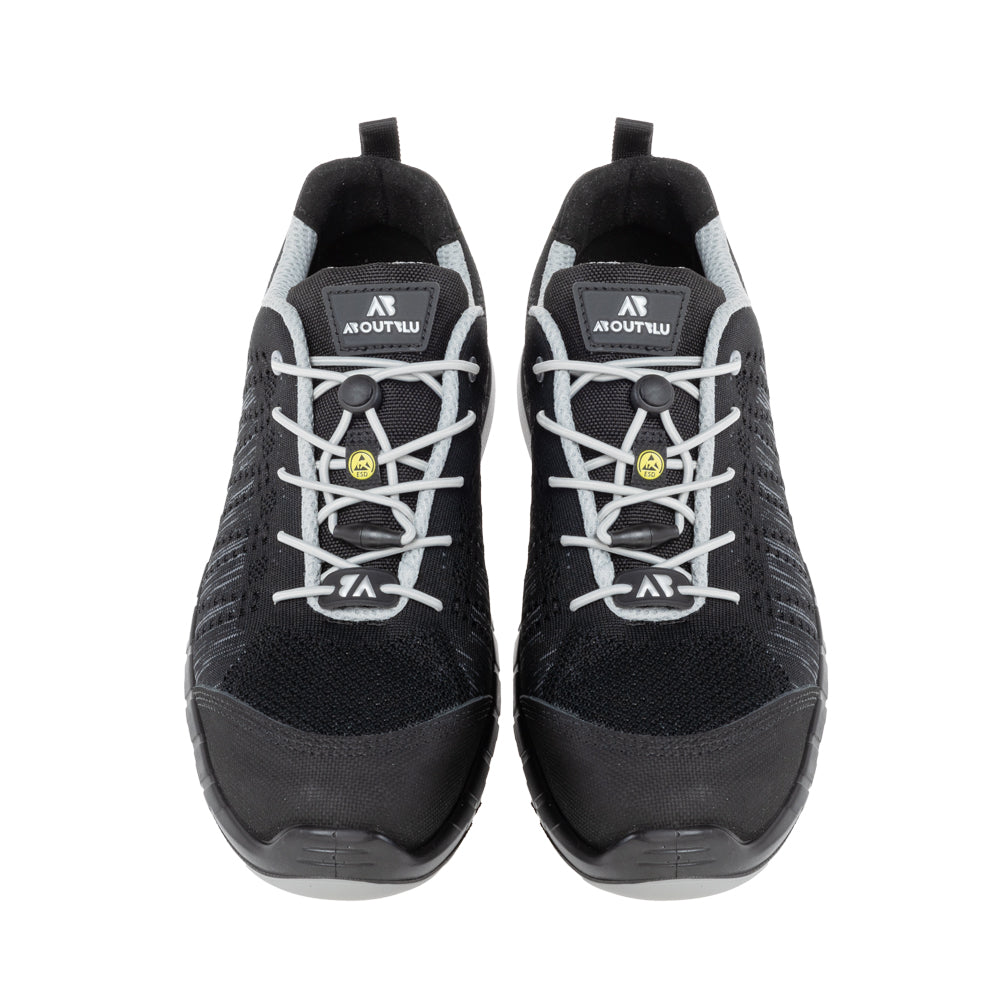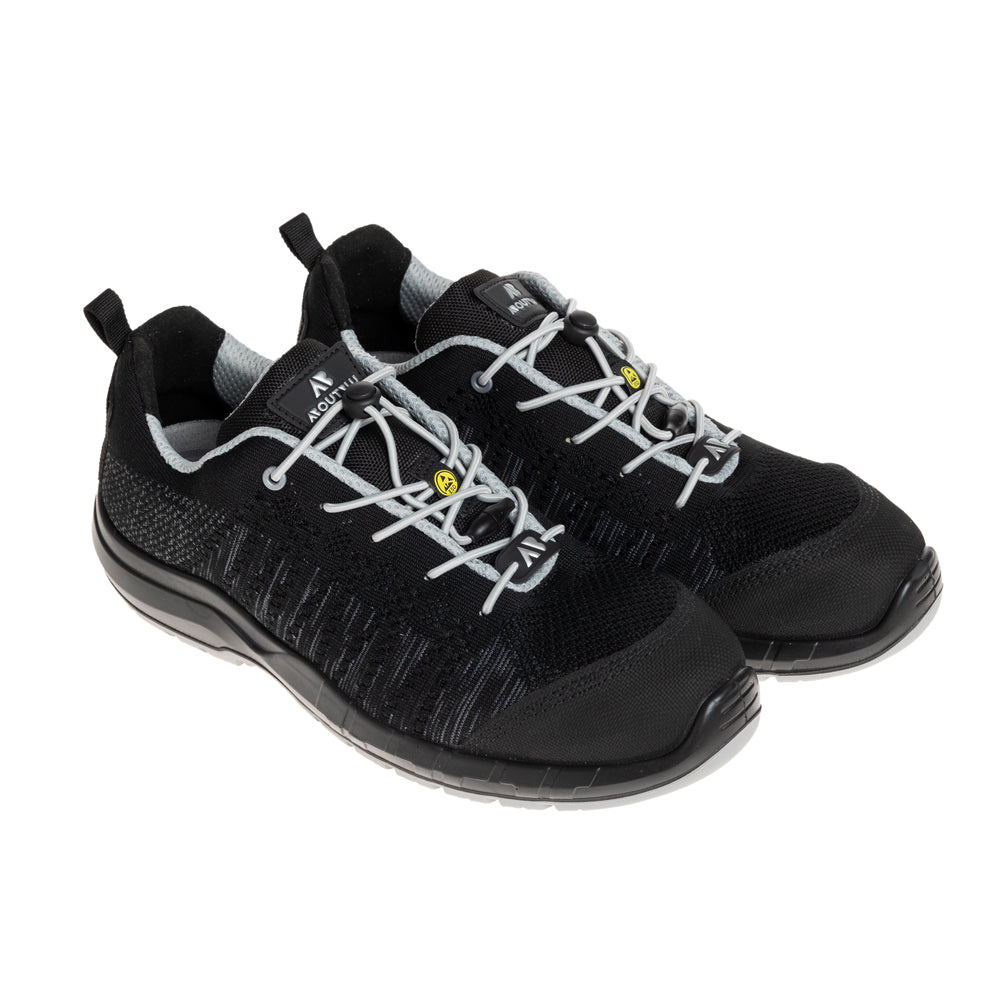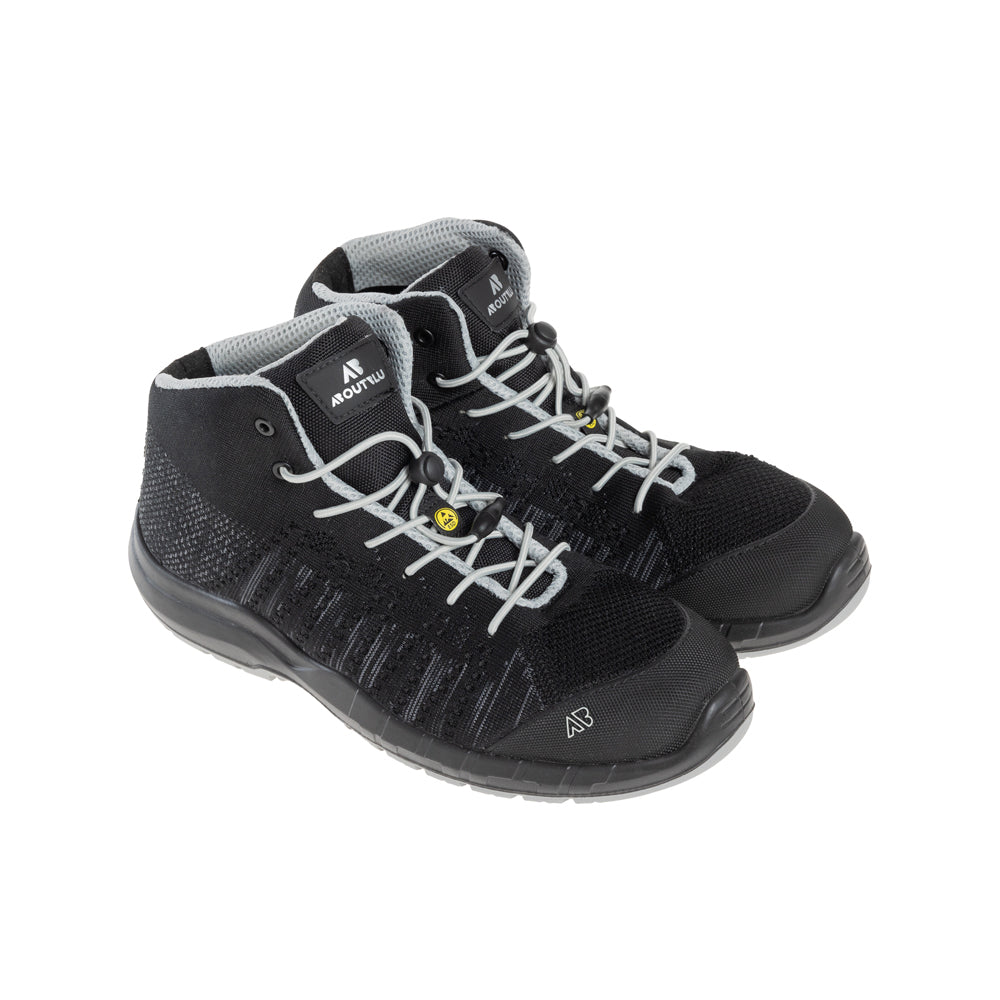Hi-vis gear is one of the most important parts of your PPE. Whether you’re working roadside at 6am, in a busy warehouse, or on scaffolding with plant vehicles below, being seen clearly can prevent serious accidents. But when it comes to choosing between a hi-vis jacket and a vest, what’s actually the right choice for your job?
It’s not just about weather—it’s about risk, comfort, site conditions, and whether your kit meets EN ISO 20471 standards. Let’s unpack the pros and cons so you can stay both compliant and comfortable, whatever your shift looks like.
The Role of Hi-Vis PPE
Hi-vis clothing is designed to reflect light and enhance your visibility from a distance, particularly in low-light or high-traffic situations. In the UK, PPE must comply with EN ISO 20471 to ensure it offers appropriate levels of reflective surface area, contrast, and durability.
Class 2Commonly met by vests —ideal for medium-risk work.
Class 3Full-body visibility including sleeves—typically jackets—for high-risk roles like rail, traffic, or night shifts.
Why Choose a Hi-Vis Vest?
Hi-vis vests are lightweight, breathable, and easy to throw over any layer. They’re the go-to for warm indoor environments, deliveries, or lighter-duty work where visibility is important but weather protection isn’t.
Ideal for:
-
Summer or indoor work
-
Warehouse, logistics, and forklift operations
-
Delivery drivers or site visitors
-
Short shifts or temporary PPE use
For example, the Blackrock Hi-Vis Waistcoat is a great lightweight option. It’s simple, compliant with EN ISO 20471 Class 2, and perfect for quick visibility where conditions are stable.
If you need something with a bit more function, the Blackrock Premium Hi-Vis Waistcoat adds features like a zipped front and additional storage—ideal for team leads, supervisors, or anyone who needs high-vis without adding bulk.
Just keep in mind: vests don’t offer warmth, wind protection, or full Class 3 coverage. They’re visibility-only.
Browse more options in the Hi-Vis Vests Collection.
When a Jacket Becomes Essential
A hi-vis jacket steps in when the job demands more than just being seen. It’s your barrier against rain, wind, and cold—while still keeping you compliant and visible.
Best for:
-
Outdoor, all-weather environments
-
Rail, traffic, and highway maintenance
-
Night work or dimly lit sites
-
Long shifts where comfort matters
Take the Regatta TT Hi-Vis Parka Jacket, for example. It offers full Class 3 coverage, storm flaps, waterproof seams, and enough thermal lining to keep you going through miserable winter shifts. It's the kind of jacket that earns its keep during the colder months.
Need something with a slightly sleeker fit? The Alexandra Hi-Vis Contrast Trim Coat offers all the protection of a hi-vis shell with added styling and professional touches, making it a solid option for team leads, public-facing contractors, or those working across variable weather.
You can explore more outerwear in the Hi-Vis Jackets Collection.
Quick Comparison: Jackets vs Vests
| Feature | Hi-Vis Jacket | Hi-Vis Vest (Gilet/Bodywarmer) |
|---|---|---|
| Visibility Level | Class 3 – full arm/torso coverage | Class 2 – torso only |
| Weather Protection | Excellent – windproof, waterproof, warm | None – layering required |
| Weight | Heavier (insulated or waterproof) | Very lightweight |
| Best For | Outdoor, night, winter, high-risk | Indoor, summer, light-duty |
| Mobility | Slightly reduced (depends on design) | Maximum freedom of movement |
| Cost | Higher investment, lasts longer | Budget-friendly, good for temps or visitors |
Do You Need Both?
Honestly, yes—many workers keep both in their kit. Use a jacket when you’re outside, exposed to weather, or required to meet Class 3 compliance. Switch to a vest or bodywarmer when conditions are mild, or you're working inside a well-lit warehouse.
Layering a vest over a hoodie or fleece is fine for dry, mild days. But if the forecast turns, or you're on a highway overnight, you'll want something more substantial on your back.
Final Thoughts: Which Should You Wear?
If your priority is lightweight comfort and visibility in warm or indoor settings, a hi-vis vest is your best bet.
If you need to stay warm, dry, and compliant in cold, wet, or high-risk environments, invest in a proper hi-vis jacket.
Explore both collections and kit yourself out for all seasons:





